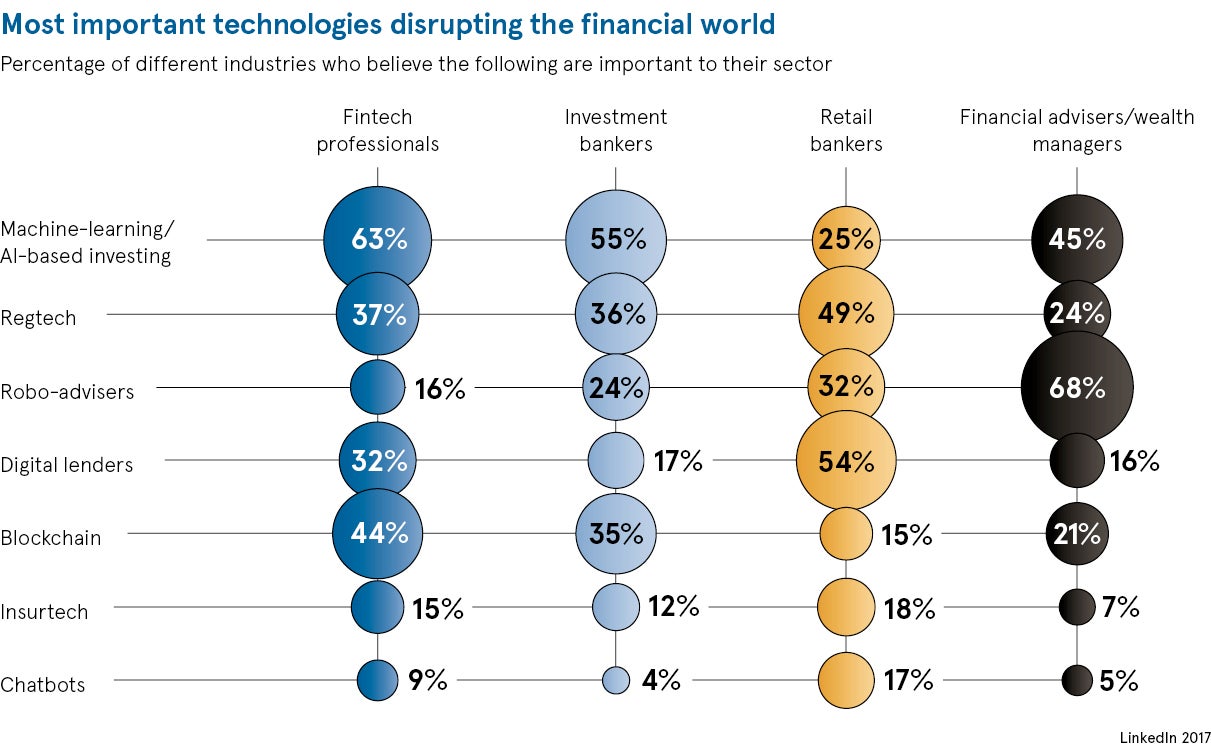Walk into a hedge fund or asset management company and you will find a wide range of sophisticated technology.
At one end of the spectrum, things still feel fairly conventional. Portfolio managers make decisions on behalf of investors, wandering over to the trading desk when they need to access the markets, where dealers will size up the incoming order and call up a reliable bank counterparty to get it done on optimum terms.
Within more advanced firms, there may be none of this dialogue, as almost everything, from portfolio management to order entry and execution, is done electronically. The humans who remain are merely guardians of the machines, stepping in when markets get dicey or trades need rerouting.
Automated trading was just the first step
This is a gradual shift that has played out over recent years as automated trading has increased, leveraging artificial intelligence (AI) and machine-learning techniques to build more intuitive systems that can make trade decisions faster than the blink of an eye. Some investment firms have embraced technology faster than others, but within the next few years, many more could find themselves moving towards the advanced end of the spectrum.
“AI offers the potential to automate very low-value repetitive tasks and provide data-driven insights on liquidity and execution, all of which can be very valuable to an investment management trading desk in seeking the best possible deal for investors,” says Matthew Hodgson, a former banker and now chief executive of data analytics startup Mosaic Smart Data.
Automated trading is not new, of course. It has been on the rise among the top investment banks for many years, with significant investment in algorithmic tools that can be used to execute trades according to certain pre-defined criteria. Traders have found they can make cost-savings and reduce market impact in certain circumstances by using smart algorithms rather than relying on human reactions.
“We have always incorporated simple machine-learning models into our execution algorithms and use of these tools on trading desks is fairly high as a means of managing the relationship with brokers, evaluating trading tools and matching them with the portfolio management objectives,” says David Mechner, chief executive of algorithmic trading provider Pragma Securities.
AI is investing’s new tech trend of choice
Given the potential for technology to create a competitive advantage, financiers often tend to create a hype bubble around particular concepts. After a long period exploring the possibilities of blockchain, it is now AI that dominates conference agendas and industry conversations. If machines can be programmed to be smarter than humans, they ask, what impact might this have on trading?
As in other sectors, AI can be used simply to save costs and create efficiencies or it could be used more aggressively to beat the competition. While AI might have the potential to replace human decision-making in fast-moving financial markets, it remains to be seen to what extent financial institutions are willing to hand over the reins to machines.
AI can be used simply to save costs and create efficiencies or it could be used more aggressively to beat the competition
The potential for machine-based decision-making on the trading desk is now widely accepted, but some believe the investment management function may be the next frontier.
“It is at the asset managers and hedge funds that the portfolio decision-making takes place and there is an opportunity to automate that process, but this segment of the market is far more complex and fragmented than the exchanges and banks, so the transformation will take longer,” says Stephane Leroy, co-founder and chief revenue officer at algo-trading provider QuantHouse.
How AI can drive investment management
Bringing AI to investment management would seem to be a natural progression, however. Automation began originally at the stock exchanges where technology was first used to match buyers and sellers, and after that it extended gradually to banks with the development of automated trading strategies. But with so many more asset managers than banks, it could take many years for automation to pervade the buy side.
“The trading world is already highly automated, but applying AI to investment management is much more complicated. Markets are always changing, so the strategies that worked yesterday won’t necessarily work tomorrow, and data is much more limited,” says Mr Mechner.
A lack of reliable data could well be the sticking point in the deployment of AI beyond the trading desk, as machines rely on real-time data to make effective decisions. Without that data, an algorithm would be like an expensive sports car that remains in the garage without any fuel, says Mr Hodgson.
“Running AI effectively depends on having expertly designed algos that are constantly reiterated to get an optimised outcome. If you have a clean data set with common definitions of business drivers, you are in a very strong position,” he says.
Increased adoption of AI will ultimately rely on individual firms building the necessary knowledge base and embedding a culture that embraces innovation to progress and compete in modern financial markets. This could well be a gradual, generational shift.
“Knowledge will be a major barrier because investment firms don’t typically employ large numbers of engineers, and have limited experience of statistics and mathematics, which are key components of AI. Beyond the early adopters, it will be a long time before we see machines replacing humans on a widespread basis,” Mr Leroy concludes.
Automated trading was just the first step

